Presentation
Pelvic pain.
Patient Data
Age: 20 years
Gender: Female
From the case:
Ovarian serous cystadenocarcinoma
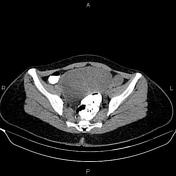

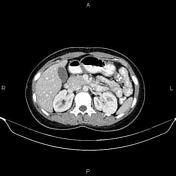

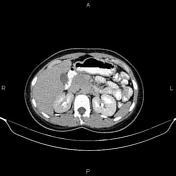

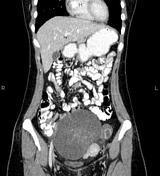

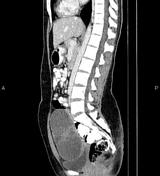

Download
Info
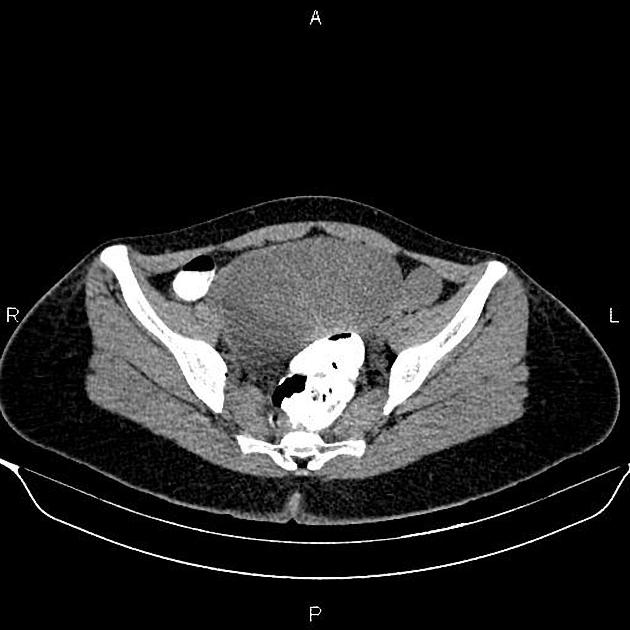
A 120×65 mm thick walled septated cystic lesion is present at right adnexa that displaces uterus to the left side. Shapeless enhancing solid components are seen within. The right ovary couldn’t be defined separate than mentioned lesion.
Case Discussion
Right ovarian cystic mass, with solid components; pathological proven serous cystadenocarcinoma which is the malignant form of ovarian serous tumor, the most common type of ovarian epithelial tumor. It is the most common type of ovarian malignancy.




 Unable to process the form. Check for errors and try again.
Unable to process the form. Check for errors and try again.